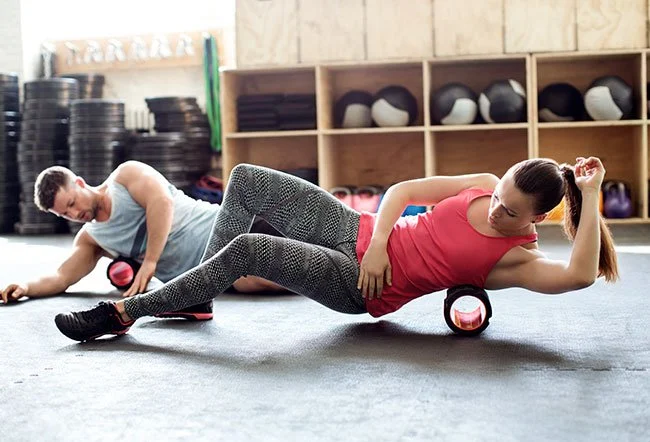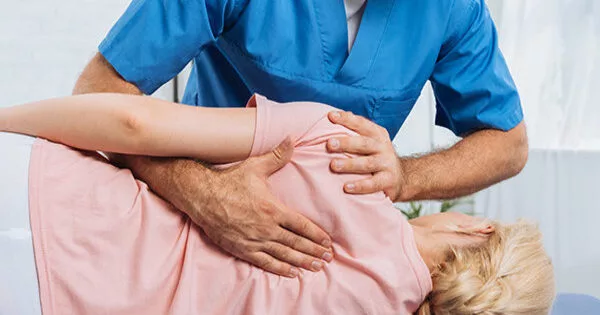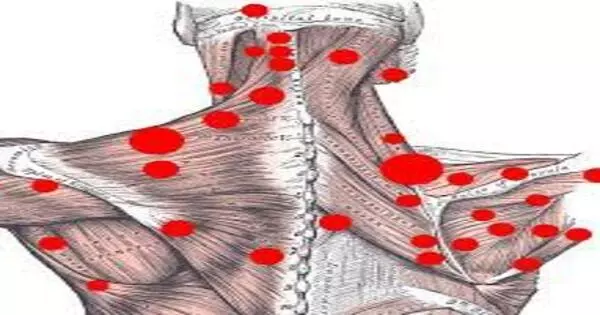Muscle knots are something that many of us are all too familiar with. They’re basically aching spots that emerge as muscular bands tighten and become sensitive. It’s possible that you’ll feel discomfort all of the time or only when you touch the knot. Muscle knots are more likely if you spend much of your day bent over a desk or overdo your workouts.
The good news is that tight muscular knots can be relieved. Pain relief can be achieved through stretching, mild movement, and massage. The finest massage guns are a convenient way to help your muscles relax without having to leave your house. Even better, there are simple steps you can take to lessen the likelihood of muscle knots forming in your muscles.
While muscle knots are frequent, navigating all of the information available can be difficult, especially when scientific understanding is continually expanding. We’ve enlisted the help of specialists to explain what causes muscular knots. Continue reading for basic pain-relieving strategies as well as information on how to avoid muscle knots in the first place.
Take a look at our shopping guide for the best massage guns to discover if a massage gun is perfect for you if you want to treat your muscular knots at home.
What are muscle knots and how do they occur?
So, what are muscle knots exactly? Abi Smith, Rehabilitation Physiotherapist at Six Physio Chelsea and Mansion House, explains, “A muscle knot is a frequent word used to describe a hyper-irritable area within a muscle.” “Muscles do not produce knots, even if they can suffer pain in a single vulnerable location.”
Knots, also known as myofascial trigger points, are caused by muscle underuse or overuse. This results in tension, which contributes to pain.
Muscle knots can develop as a result of a sedentary lifestyle, especially if you slouch. “Muscles enjoy mobility,” Smith explains. “You might not think of sitting at a desk for eight hours as strenuous, but it can be on specific muscles.” As a result, those muscles are overworked and uncomfortable.”
Even if you move throughout the day and exercise on a regular basis, muscular knots might form. According to the American Council on Exercise, if you push yourself too hard or constantly use the same muscles, they might become overworked and stiff. You’ll want to establish a balance between moving and exercising on a regular basis and allowing enough time for recovery.
“Knots can also occur as a result of stress, poor posture, workstation set-up, or a lack of sleep,” says Dr. Sherry McAllister, President of the Foundation for Chiropractic Progress.
It’s beneficial to be aware of muscle knots and know how to treat and avoid them, regardless of your level of activity.
How do you get rid of muscle knots?

Muscle knots are inconvenient, but you’ll be relieved to learn that you can alleviate the pain with a few simple measures. “Understand the underlying source of your discomfort and address it,” Smith advises. “It lifts you out of pain and keeps you out of it so you can focus on the essential things in life.”
If inactivity is the problem, make regular movement a priority throughout the day, whether it’s stretching at your desk or taking a short stroll at lunch. Allow your body to rest if you believe you’ve been overdoing it at the gym.
Are you looking for a solution that will last for a few weeks to a few months? Muscle knots can be relieved with a trigger point massage. Massage helps ease tension, according to a study published in the International Scholarly Research Notices. However, experts aren’t sure why. You may try your hand at DIY massages or book a salon appointment. Drinking plenty of water and applying heat or ice to the affected area are two other simple ways to relieve discomfort. If the pain persists, consult a medical practitioner.
Can muscle knots be prevented?
While you can’t completely avoid muscle knots, you may make basic efforts to lessen your chances of getting one. “Movement is the best method to prevent and alleviate muscular discomfort,” Smith explains. Make small modifications throughout the day, such as getting up and moving every 20 minutes. Exercise has numerous advantages and is an excellent technique to calm your muscles.

If you’re an experienced athlete who wants to avoid muscle knots, you can make a few basic changes to your workout routine. Make sure you’re not hitting the same muscle groups on successive days by changing up your workout routine. Don’t forget to schedule time for relaxation and rehabilitation as well; – overtraining might backfire by increasing your chance of injury, which could keep you out of commission for good.
It can also help to be aware of your posture. “Avoid contracting the muscular tissue by checking your posture while sitting and sleeping,” McAllister advises. “Long lengths of time spent on your phone, for example, with your head lowered and your upper back and neck tense, leads to the development of ‘overused’ or stressed muscles.
Other causes that may induce muscular discomfort should be considered. “A muscle’s ability to do its task is influenced by its ability to hydrate and eat,” McAllister adds. “Think about how much water and vegetables you’re drinking, as well as how much stress you’re under. All of these things are necessary for your body to function properly when you ask it to.”
While muscle knots are inconvenient, there are ways to alleviate the pain. Building healthy habits like frequent movement will help keep muscular knots at bay. Prevention is better than cure.





